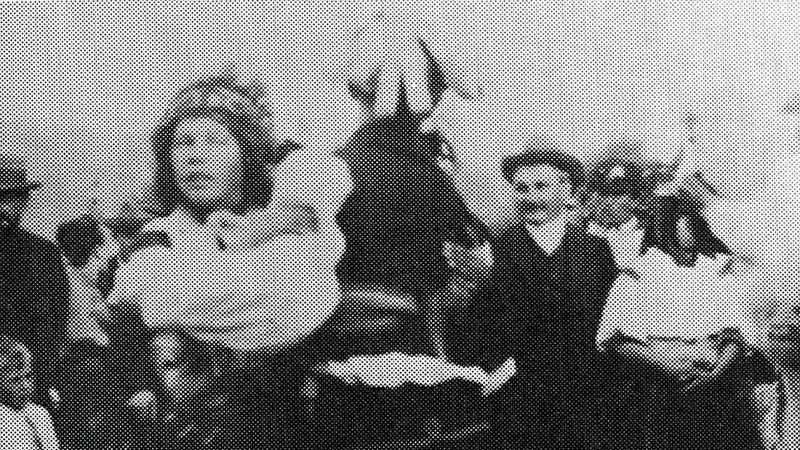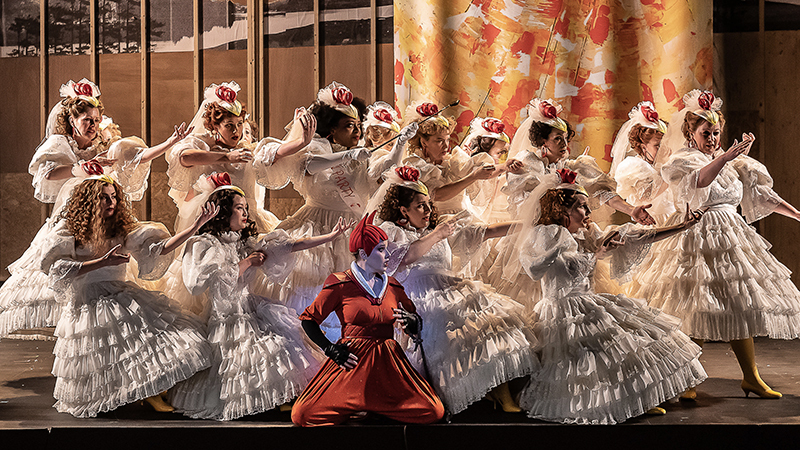Returning to the COC for the first time in 25 years, Leoš Janáček’s
The Cunning Little Vixen explores what happens when the animal and human worlds meet. A forest gamekeeper traps a clever fox cub, hardly expecting her influence over him to endure long beyond the point of her escape. This brand-new production examines our relationship with nature, the ebb and flow of the life cycle, and the promise that death will bring forth new life.
Musically, there is something here for everyone as the opera brings together an exciting blend of musical styles, bridging Romantic, folk, and Impressionist influences. Read on for a deeper dive into this excellent opera for seasoned aficionados to curious newcomers alike.
Spoiler alert: the following content contains plot points that some audience members may not wish to know in advance!BUY TICKETS
Leoš Janáček’s life spanned the end of the Romantic period and the beginnings of modernism, and his music reflects this: while
The Cunning Little Vixen includes Romantic undertones, it is largely defined by folk and Impressionist influences.
Like fellow Czech composers Dvořák and Smetana before him, Janáček was fascinated by the traditional music of Moravia (the eastern region of what is now Czechia). Sitting at the crossroads of eastern and western European musical styles, Moravia offered a rich musical history that melded traditions from Germanic to Turkic cultures and offered the composer a host of expressive riches.

Janáček became a pioneering and rigorous collector of Moravian musical samples, making the first phonograph recordings of folk music from that region and developing his own unique style based on the inflections and distinctive rhythms of local peasant dialects and songs. Rather than absorbing these characteristics into traditional compositions, he worked to develop an entirely new type of music: one that created a distinctive harmonic language and pushed the boundaries of tonality.
He also turned to nature for inspiration, compiling extensive birdsong notations as well as observations of particular animal noises (for instance, noting a frog’s croak to be “like a xylophone”). The “speech tunes” that feature in
The Cunning Little Vixen honour Janáček’s appreciation for the natural world, as well as the pitches and rhythms of spoken Czech that give the opera its distinctive musical shape.
As one of Janáček’s mature works, completed in 1923,
The Cunning Little Vixen is lighter in tone than many of his other operas both in subject matter and musical style, creating storytelling that is at once highly accessible and moving.
Interested in sampling the distinctive sounds of one of Janáček’s most popular operas? Watch a clip from our 2023/2024 Season Preview Concert, featuring Midori Marsh, Alex Hetherington, and the Canadian Children's Opera Company (CCOC) performing "Běží liška k Táboru” (“The vixen runs to Tabor”).
Janáček’s
The Cunning Little Vixen runs from January 26 – February 16, 2024 at the Four Seasons Centre for the Performing Arts.
BUY TICKETS
Header Photo: Clive Barda

 Leoš Janáček’s life spanned the end of the Romantic period and the beginnings of modernism, and his music reflects this: while The Cunning Little Vixen includes Romantic undertones, it is largely defined by folk and Impressionist influences.
Leoš Janáček’s life spanned the end of the Romantic period and the beginnings of modernism, and his music reflects this: while The Cunning Little Vixen includes Romantic undertones, it is largely defined by folk and Impressionist influences.
